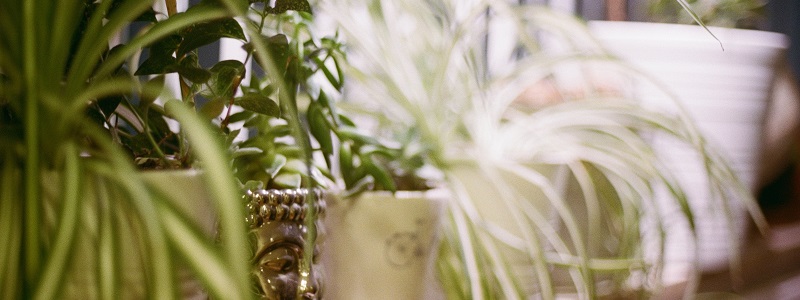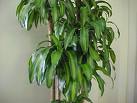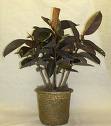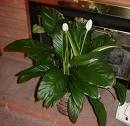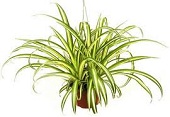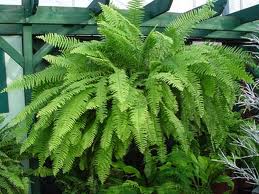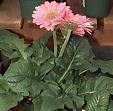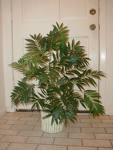Smell the Indoor Air
Take a deep breath.
How fresh is the air?
The US Environmental Protection Agency ranks indoor air pollution as one of the top five threats to public health. The primary sources of poor indoor air quality are
- 1) airtight buildings and their synthetic furnishings
- 2) reduced ventilation
- 3) human bioeffluents, the carbon dioxide and other compounds released from our bodies.
While agreeing that indoor air pollution is a problem, experts don’t agree on how to solve it. Increasing ventilation is not cost effective or environmentally responsible.
Off-gassing of materials before building or installation in a building helps.
But 25 years of research has shown that placing some specific houseplants in indoor spaces mimics the way nature cleans the earth’s atmosphere. Voila – fresh air naturally!
Nature’s Way of Purification
Houseplants help remove toxins from indoors with their natural process of evaporation of water from the plant leaves. This actually starts the movement of air circulating. Toxin-laden air moves to the soil and roots where microbes break down the toxic compounds for food and energy.
The water vapor released by the leaves helps humidify dry air. Oxygen released by the leaves enriches the air for human breathing. The leaves also release volatile chemicals which control airborne microbes and mold spores in the surrounding air.
Alternately, plant leaves absorb compounds such as carbon dioxide, which humans exhale as a waste product, and volatile organic compounds. The plant either breaks it down or delivers it to the roots where soil microbes do the job.
NASA pioneered research for purifying air in closed life-support systems. From this research, in 1984 the spider plant gained attention for its ability to detoxify air.
In 1990, PCAC and Wolverton Environmental Services, Inc. began research expanding on NASA’s findings. Fifty house plants were tested for their ability to remove select toxic gasses from the air. The standard for rating the plants was set by their ability to remove formaldehyde, the most common indoor air toxin.
House Plants to the Rescue
These 13 plants, in order, pulled out the most formaldehyde:
- Boston fern
- Florist’s mum
- Gerbera daisy
- Dwarf date palm
- Dracaena Janet Craig
- Bamboo palm
- Kimberly queen fern
- Rubber plant
- English ivy
- Weeping fig
- Peace lily
- Areca palm
- Corn plant
The Boston fern can remove 20 micrograms of formaldehyde per hour, and the others respectable amounts, at least 10 micrograms per hour.
Plants amaze us again, when tested for sustained ability to remove toxins from the air.
Instead of reaching an absorption capacity and dying, houseplants can rapidly increase their ability to remove toxins with exposure time without damage to the plant.
Plants placed within a personal breathing zone (the 6 to 8 cubic feet around you) can greatly influence air quality. Think of where you remain for hours: at a desk, in a chair or in bed. The benefits are also psychological and aesthetic.
Try a Christmas Cactus, Aloe, Snake plant, orchid or bromeliad near the bed. Amazingly, they remove carbon dioxide and release oxygen at night. This is opposite of most plants. We benefit because we breathe in this oxygen, and exhale carbon dioxide.
If you have a room with low light conditions, try the Chinese evergreen or Heart-leaf philodendron. The Lacy tree philodendron, Parlor palm and Dragon tree can tolerate drier temperatures and low light while still being effective air purifiers.
The Golden pothos is notable for its ease of growth and resistance to insects.
And if you love the tranquil lush feeling of ferns, consider the Kimberly Queen as it is tolerant of dry air, although regular watering and misting is still necessary.
All these plants were among the 50 plants tested effective for air purification. Which ones are already in your house? Which ones are you attracted to for your personal work space? Which will be your next air purifier?
Which are your favorites for your climate?

